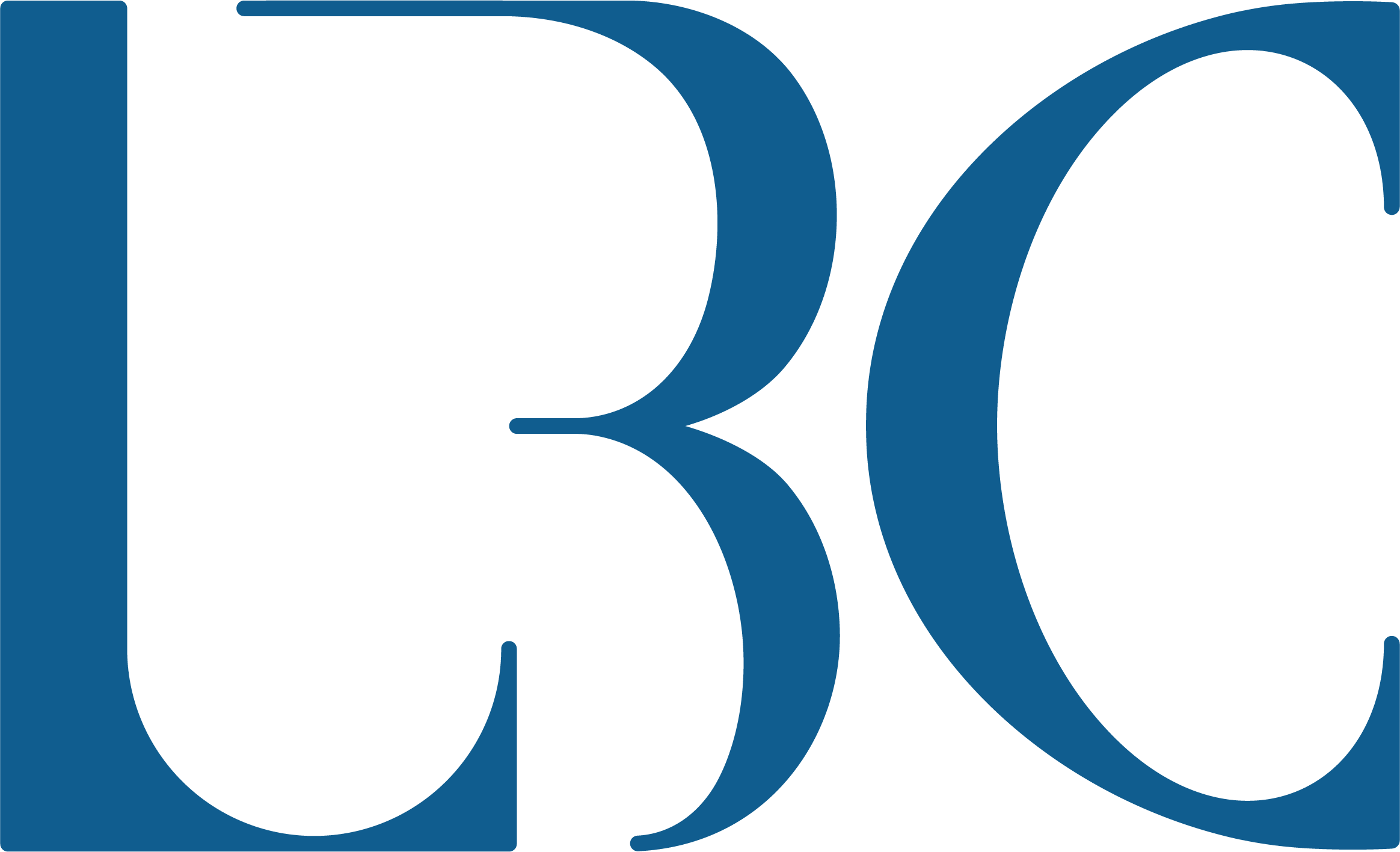
California’s universities have introduced new “Time, Place, and Manner” (TMP) policy changes, including stricter regulations on identity concealment, voice-amplifying devices, banner drops and the timing of protests.
Universities of California (UC), California State Universities (CSU) and California Universities (CU) have been notified about the new regulations that were announced on Aug. 19.
Campuses such as the University of Southern California (USC), University of California, Los Angeles (UCLA) and the University of California, Irvine (UCI) experienced high pressure from students to divest from military industrial contracts with companies like Raytheon, Northrop Grumman and Boeing.
These protests included sit-ins and encampments that put the universities at a crossroads on how to handle protesters.
Protests also reached California State Universities, though fewer CSU campuses saw encampments.
Students have expressed their concern regarding the new regulations, and how they impact future protests.
“We make every effort to nurture free expression, and we provide countless opportunities and venues for our students, faculty, other academic appointees, and staff to safely and lawfully share their diverse viewpoints and beliefs,” University of California President Michael Drake said in a press release.
“While the vast majority of protests held on our campuses are peaceful and nonviolent, some of the activities we saw this past year were not.”
Drake’s letter to the UC outlines five major changes to the “Time, Place, and Manner” policy including a ban on encampments and unauthorized structures, restricting the flow of on-campus traffic like walkways, roadways and building entry points, concealing identity with masks and the refusal to reveal identity.
Mike Uhlenkamp, assistant vice chancellor of communications and media relations at UCI said the regulations are not new to TMP.
“The great majority of policies tied to the UC guidelines are already in place at UC Irvine. We are currently working to collect all of the information in a single, easily accessible place on our website in compliance with the guidelines and SB 108,” Uhlenkamp said in an email sent to the Long Beach Current. “Each situation would require a real-time review against those policies, so it’s not possible to answer hypothetical questions about enforcement.”
Protesters’ rights have been a popular topic among students following demonstrations throughout several California colleges opposing the Israel-Hamas war.

4/29/24 – Irvine, Calif.: Students created barricades that were originally brought in by police to restrict the students to a designated area of campus. Photo credit: Anthony Orrico.
According to an email sent to the Current, Long Beach State Assistant Political Science Professor Matt Lesenyie said there could be legal challenges regarding a policy “violating” a student’s right to protest, but this may not appear in the courts for years to come.
“The university admin [administration] doesn’t want to show favor in demonstrations, in particular messages,” Lensenyie said. “In a dynamic environment, like our current politics, they are commonly scapegoats, but these unexciting decisions….are the work product of admins [administrators]. Their goal is really about protecting the brand reputation of the university.”
During last semester’s protests, newsrooms experienced both significant and minor impacts.
During the protests last semester, newsrooms were both majorly and minorly affected. Photo Editor for the Daily Trojan Henry Kofman shared how these circumstances made it difficult for reporters.
“Last semester at moments, when they completely shut down campus, we obviously can’t get into campus to do the reporting. So, if that happens again, that is a very clear and hard roadblock which stops us from doing that [reporting],” Kofman said.
For student reporters at USC, a campus-wide shutdown meant news staff was unable to work on campus, subsequently leading to a slower workflow.
“Our newsroom is in the middle of campus so if you weren’t already there, there was no way to get there,” he said.
However, it is not the general consensus that student news staff would have a difficult time reporting on future protests with the updated TMP policy.
“They put a large emphasis in the emails at the beginning of the year on to quote them, ‘Time and Place [manner]’ so they say yes, you do completely have free speech, in the appropriate time and place,” Koffman said. “They sort of vaguely outlined what the appropriate time and place is, but it is also per their discretion, on a case-by-case basis for them to decide.”
Most protesters and the organizations that hosted demonstrations were told not to speak to the media.
Organizers advised reporters and media personnel to communicate with designated media liaisons, as campuses like UCLA offer protection from academic repercussions through college administration.
Daily Bruin News Editor Dylan Winward said the regulations should not affect student reporters, though uncertainty remains as their academic year has yet to begin.
“We have the broad strokes on what changing policy will look like, but we don’t have the specific details of that, so it is very difficult to say whether the academic year’s new policies affect our reporting,” Winward said. “Our plan is to do what we can do, do what we should do to the best of our ability in respective of the new rules that come out.”
This article was edited for clarity on Sept. 4 at 1:55 p.m.












